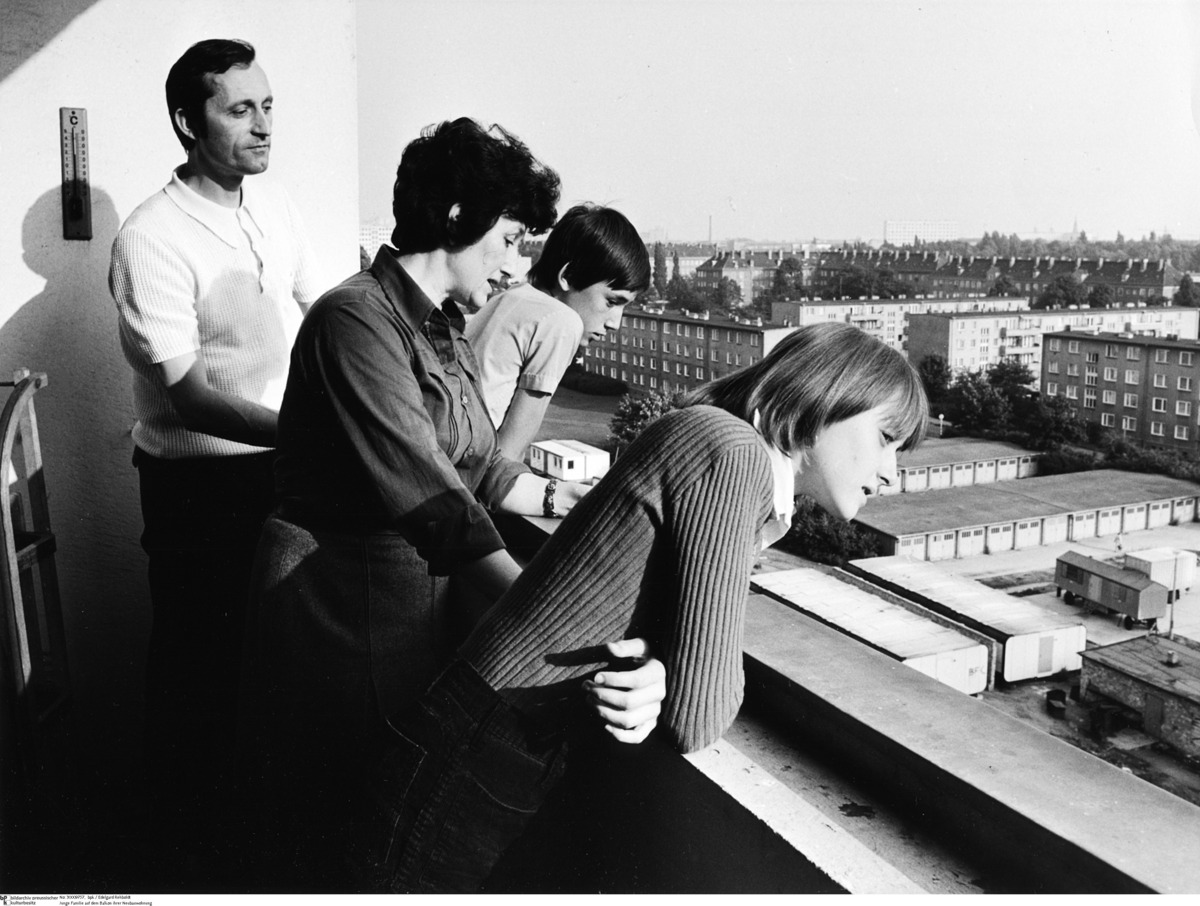Source

Source: Young family on the balcony of their new apartment, 1979. Photo: Edelgard Rehboldt.
bpk-Bildagentur, image number 30009757. For rights inquiries, please contact Art Resource at requests@artres.com (North America) or bpk-Bildagentur at kontakt@bpk-bildagentur.de (for all other countries).